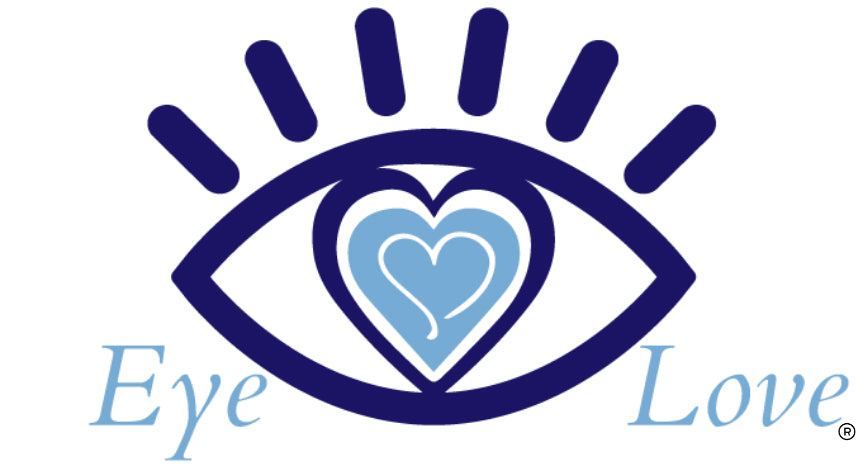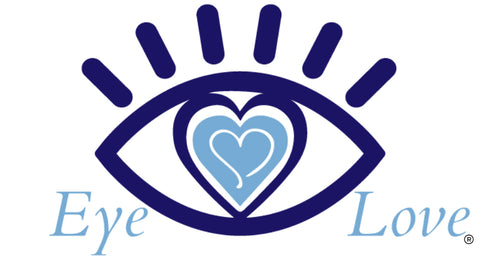STOP Eye Drops Now... Do This Instead
Most of you reading this will have used eye drops at one time or another. Maybe you’re even someone who uses them multiple times per day. No matter how often you use them, you need to be aware that artificial tears are only covering up the problem and not tackling the core issue.
Yes, for those with mild dryness of the eyes, artificial tears can provide some actual support for the cornea. However, those in later stages are only masking their symptoms. So, should you be using eye drops? In some cases, they can be beneficial and no matter what, you'll want to continue seeking the advice of your eye doctor. However, we’re going to discuss other alternatives here.
Why Your Eyes Are Red and Irritated
When your eyes become red and irritated, it means there is inflammation present. By definition, inflammation is your body’s process for fighting offending agents (which may be due to injury, infection, toxins, or other reasons). This is a normal process and your body’s way of healing itself. While acute inflammation can be a good thing, chronic inflammation can be very hard on your body. Inflammation in general will bring about a few things; redness, swelling, heat, pain, and loss of function. Many of you with dryness will recognize some of these signs as being things that you deal with on a regular basis.
Inflammation is often just one piece of the puzzle, but where does it come from? In many cases, bacteria is to blame. An overload of bacteria is the number one cause for inflammation of the eyelids. When bacteria invade, the body begins to do what it can to fight off infection and brings about redness, itching, and sometimes pain. Because we know that eyelid inflammation is a major cause of dryness, we often see that most of our patients with dryness have some form of eyelid inflammation.
There are two forms of eyelid inflammation, anterior and posterior. Anterior concentrates at the base of the eyelashes and mostly disrupts the front portion of the eyelids. Posterior affects the meibomian glands at the back of the eyelids. These little glands are responsible for making the oily portion of our tears, so when this is disrupted dryness of the eyes can result. You may notice a few or all of the following symptoms if you have eyelid inflammation:
Symptoms of Eyelid Inflammation
- Burning or dryness
- Redness of the eyes and/or eyelid margins
- Crustiness of the eyelashes
- Dryness of the eyelids
- Watering
- Sensitivity to light
- Foreign body sensation
- Blurry vision (usually intermittent)
Do This For Your Dry, Red Eyes Instead
1. Use Eyelid Wipes
After removing your makeup and washing your face, try using an eyelid wipe. Many different types exist, and they’re great for scrubbing away the crustiness that’s often found at the base of the eyelashes. If you know you suffer from demodex eyelash mites, choose a tea tree oil eyelid wipe. If you don’t have demodex or you’re unsure, try a regular eyelid wipe without tea tree essential oil. Eyelids wipes can even be effective for removing eye makeup.
2. Enjoy a Warm Compress
Once you’ve washed your face and eyelids, use a warm compress eye mask. By using a warm compress, you can heat up the oils and allow them to flow more freely. This is a great maintenance therapy and feels quite good! Simply place a warm compress eye mask in the microwave for 20 seconds and lie it over your closed eyelids for 10-20 minutes, reheating as necessary. Use this time to meditate, pray, or simply sit in silence and enjoy some time to yourself. If you’re concerned about being able to easily clean your mask, purchase one with a removable cover.
3. Spray with HOCl - Heyedrate Lid and Lash Cleanser
After enjoying your warm compress spa therapy, you may notice that your eyes are a bit blurry. This is normal, a good thing, and it means that you’ve released oils onto your eyes. After a few minutes of letting those oils spread around, use a hypochlorous acid cleanser on your lid and lashes. We recommend hypochlorous acid over anything else because it is a natural complement to your body’s healing capacity. Simply spray the solution onto a cotton ball, apply to your eyelids and lashes, and let it dry. There’s no need to rinse off hypochlorous acid.
As you can see, there are many alternatives to eye drops, or artificial tears. If your eyes are red, irritated, and feel horrible overall, see your eye doctor first. They're your best source of information regarding what type of eye drop you might need, and you may have an infection or inflammation that needs a prescription. However, also make sure your eyelid hygiene is optimal and get to the bottom of the issue before you simply cover up the problem.
AMAZON AFFILIATE INFORMATION
We, Eye Love, LLC, are a participant in the Amazon Services LLC Associates Program, an affiliate advertising program designed to provide a means for us to earn fees by linking to Amazon.com and affiliated sites. MediViz and Heyedrate branded products are made by our company, Eye Love, but we truly believe that our products are the best on the market! It is important to know that our products are not intended to diagnose, treat, cure, or prevent any disease.





